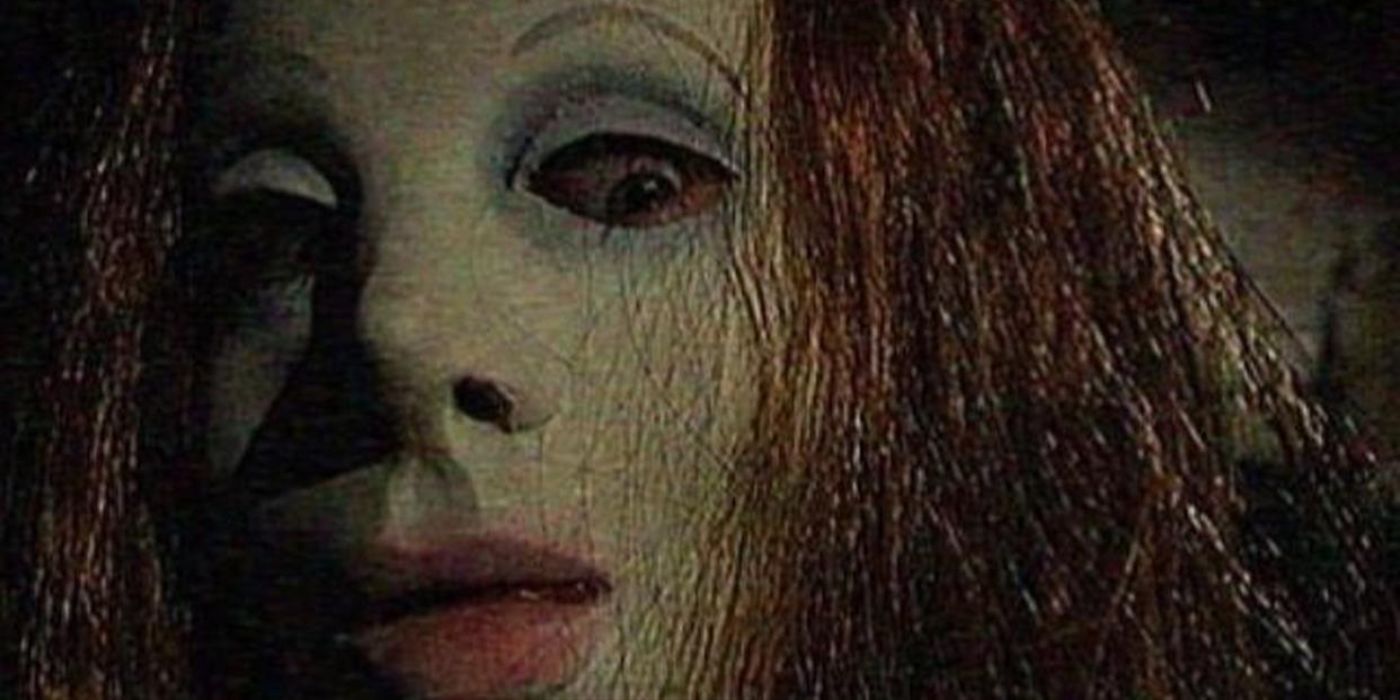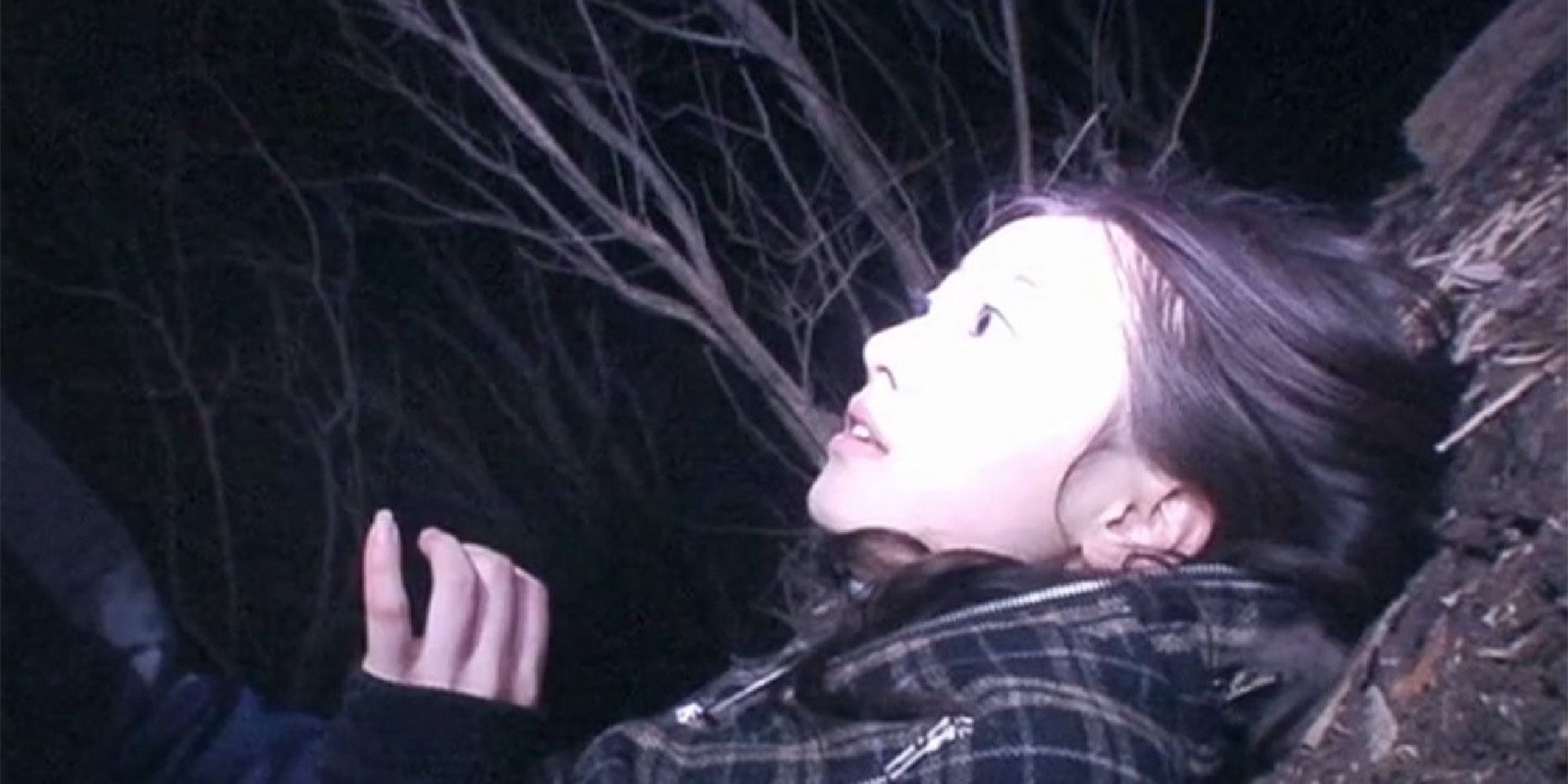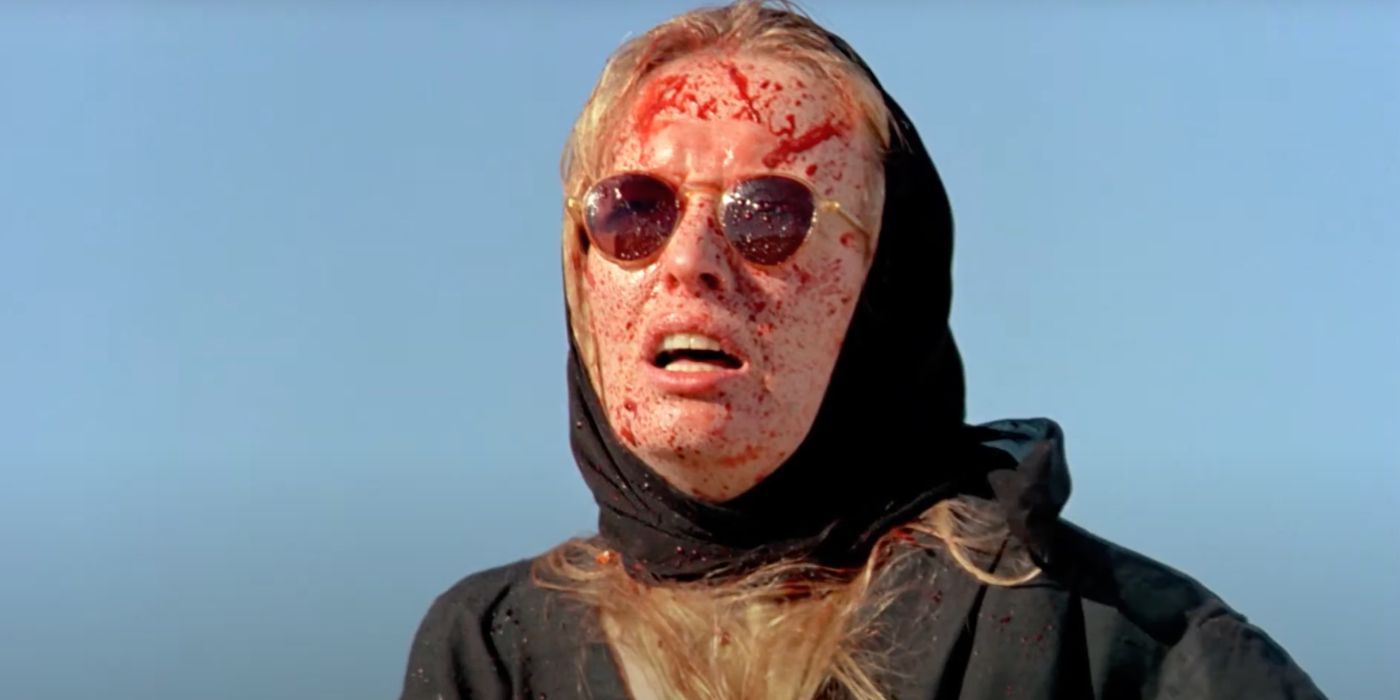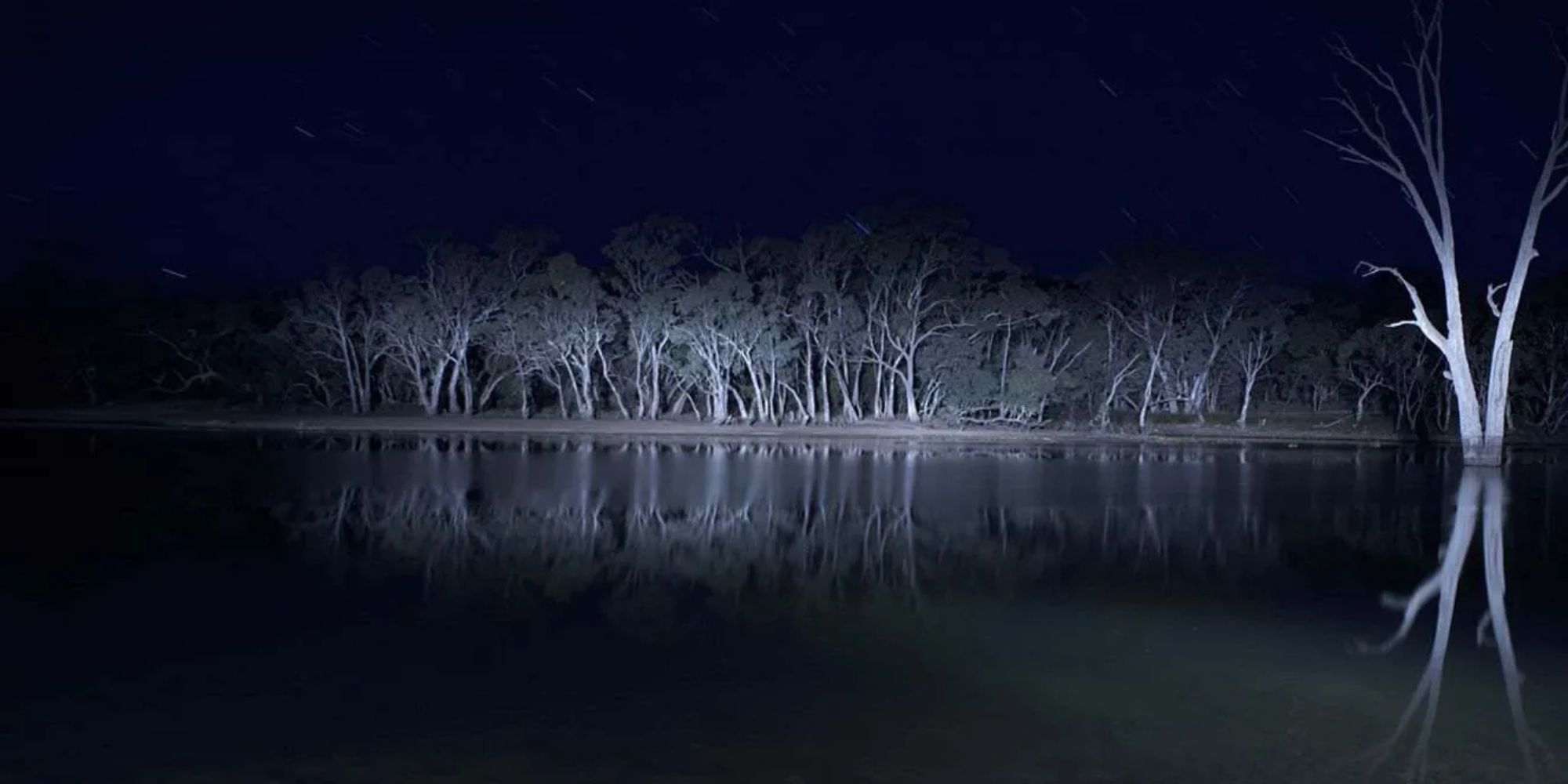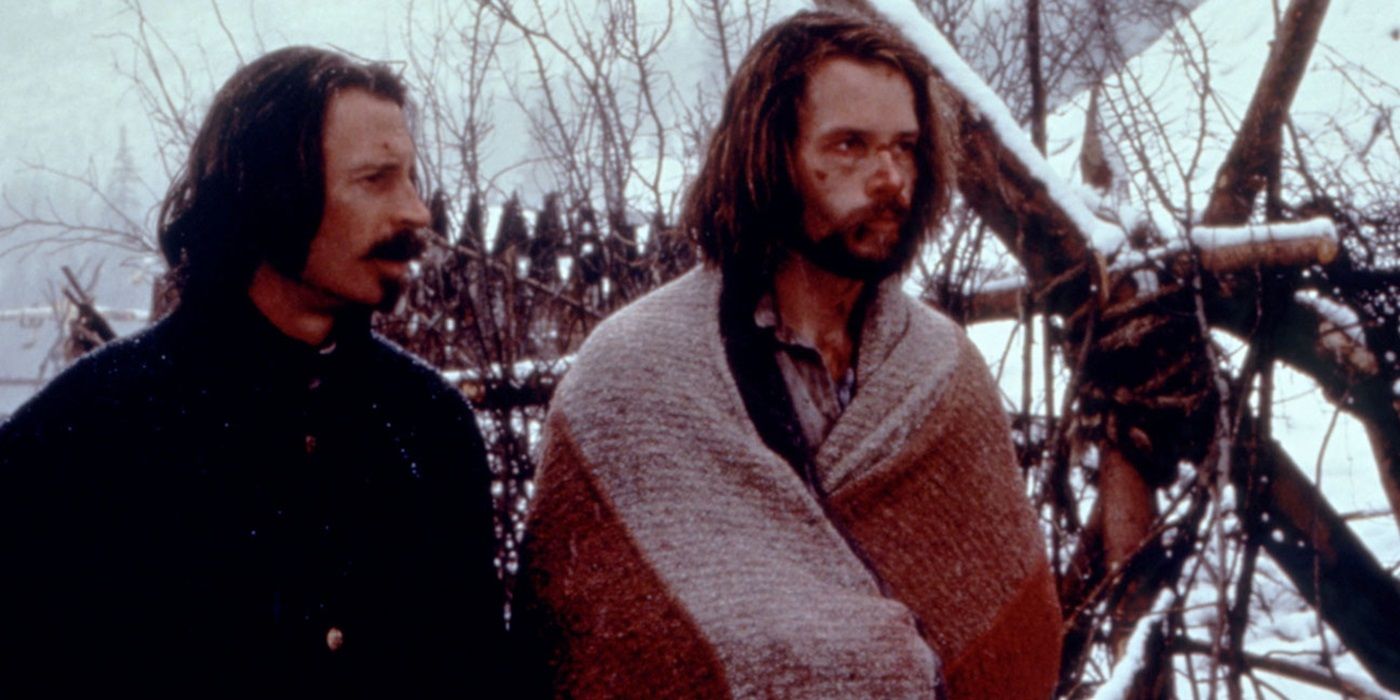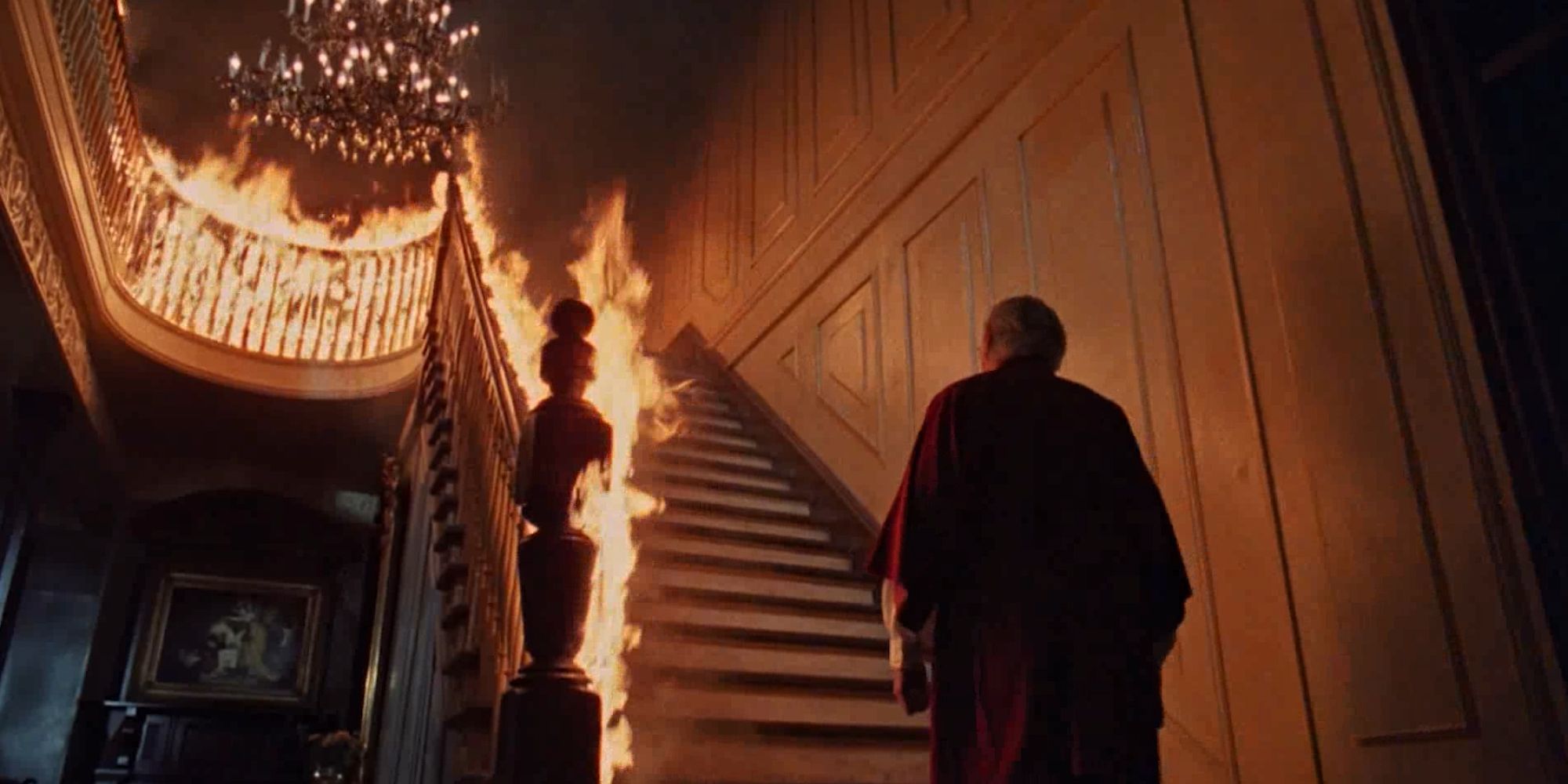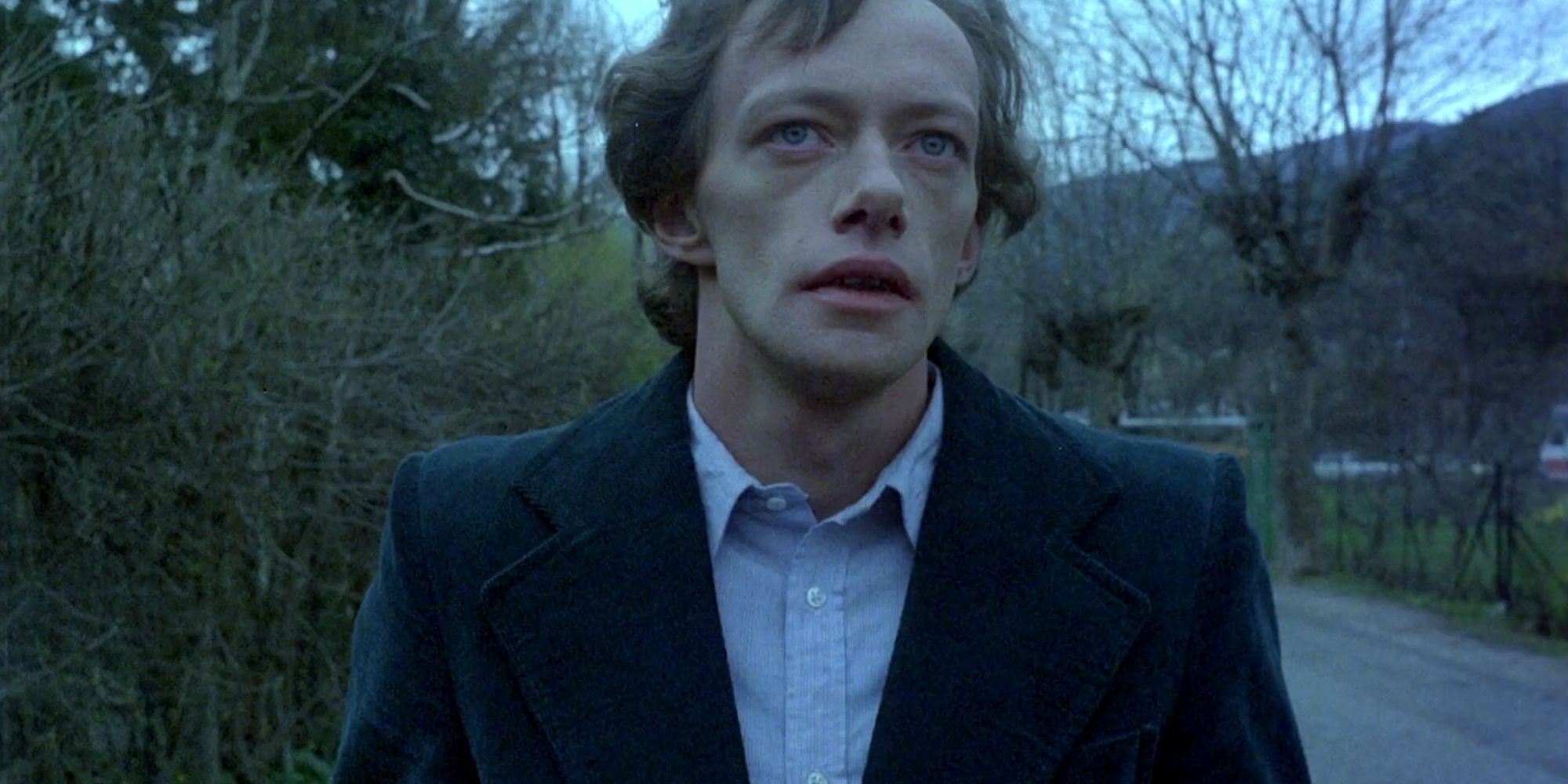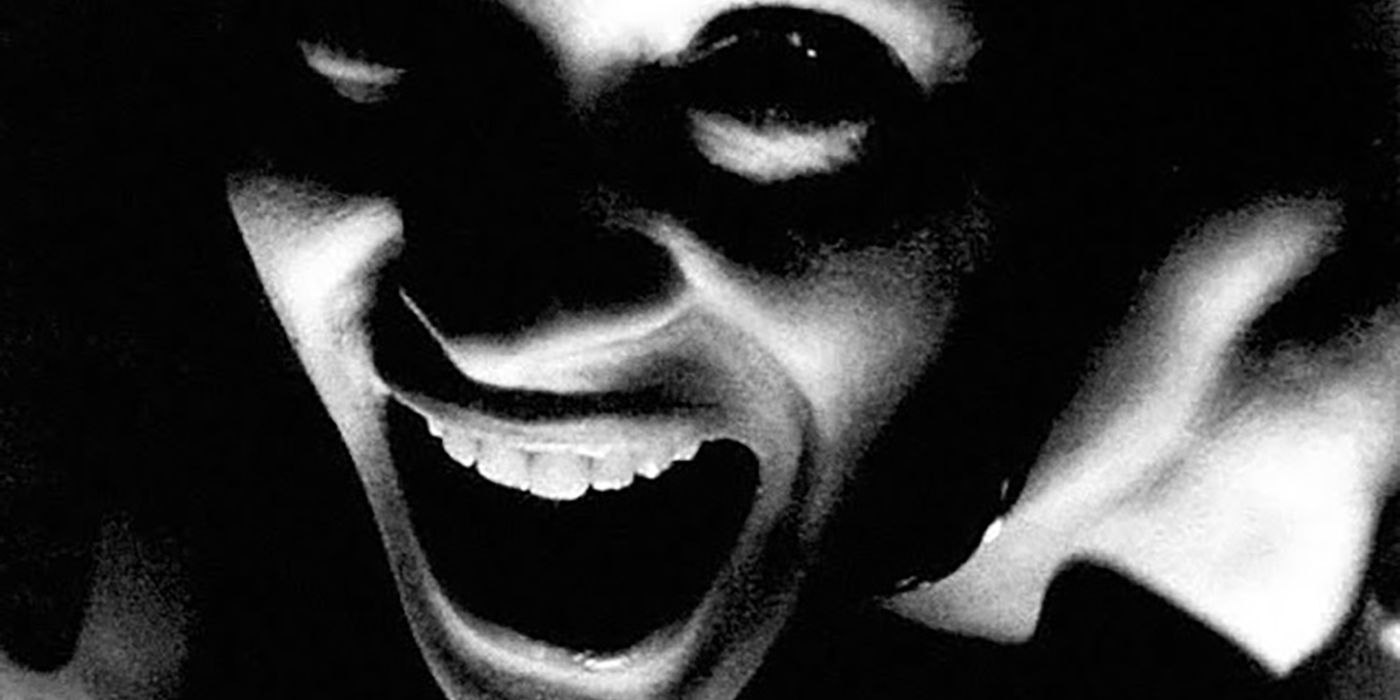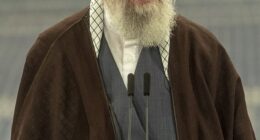Horror fans love to talk about the classics—The Shining, Halloween, Hereditary—but the genre is a bottomless pit of lost treasures. For every iconic slasher or slow-burn supernatural hit, there’s a decent film that vanished into obscurity, slipped past the box office, or was buried beneath cult whispers.
With this in mind, here are ten horror movies that might not appear on most top-ten lists, but they absolutely deserve to be there. Strange, unsettling, and sometimes decades ahead of their time, these mostly forgotten nightmares still know how to crawl under your skin and stay there.
10
‘The Poughkeepsie Tapes’ (2007)
Directed by John Erick Dowdle
“Would you like to see what I did to her?” The Poughkeepsie Tapes is one of the most disturbing found-footage films ever made, and it spent years shelved in limbo. Framed as a faux-documentary about a serial killer (Ben Messmer) who recorded his crimes, the film splices together interviews, news clips, and grainy VHS horrors that feel painfully real. The killer’s identity isn’t a mystery. Instead, it’s his methodology that terrifies.
Here, director John Erick Dowdle captures something far more chilling than jump scares: the banality of evil, the intimacy of cruelty, the way a camera can turn suffering into performance. Some scenes are so convincingly staged that they feel like a snuff film beamed from another world. As with Man Bites Dog, you’re not just watching a horror movie, you’re being implicated by it. It’s not for the faint of heart, but for those who can handle it, it offers a lot of food for thought.
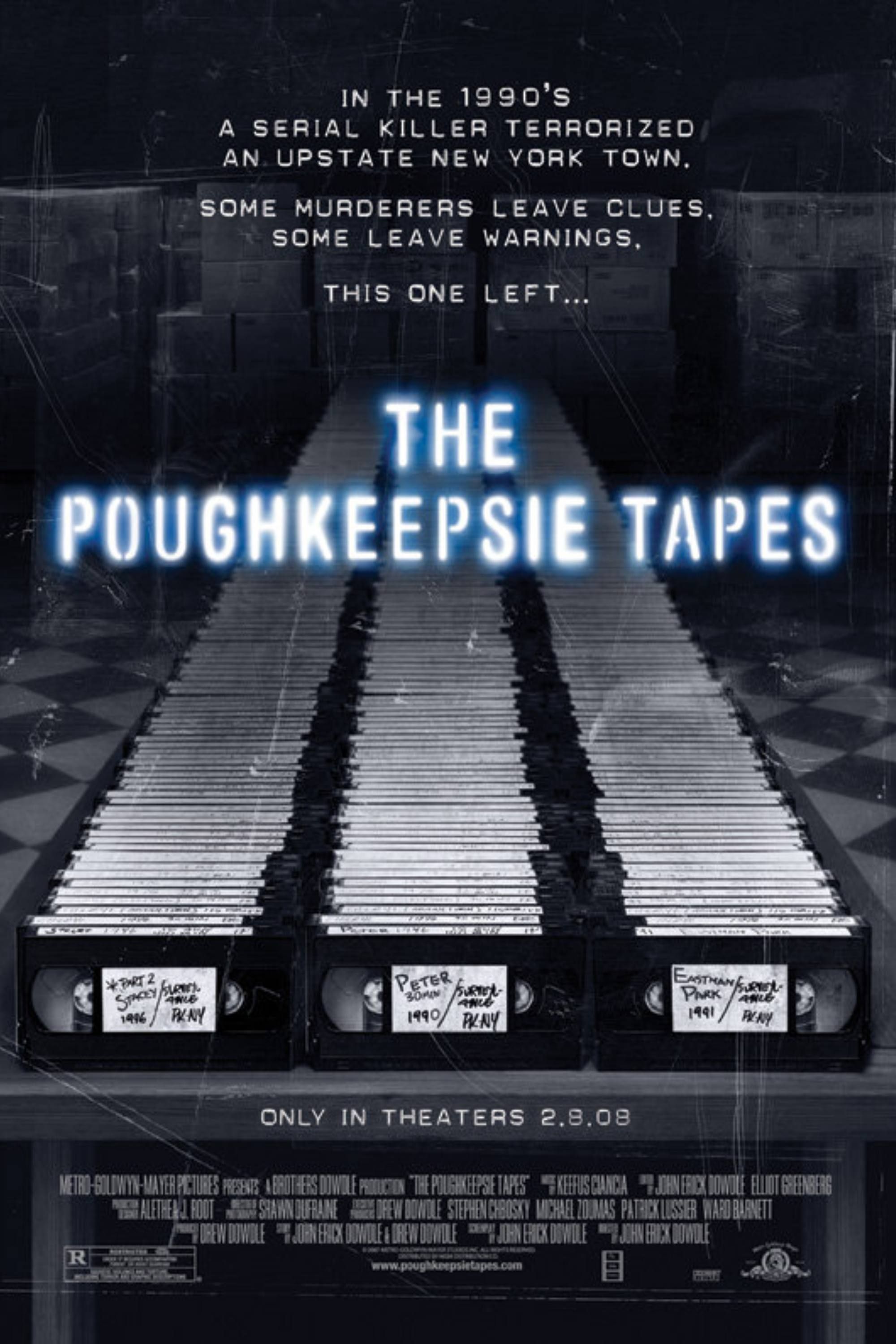
The Poughkeepsie Tapes
- Release Date
-
January 2, 2009
- Runtime
-
86 minutes
- Director
-
John Erick Dowdle
- Writers
-
Drew Dowdle, John Erick Dowdle
9
‘Let’s Scare Jessica to Death’ (1971)
Directed by John Hancock
“I sit here and I can’t believe that it happened. And yet I have to believe it.” Let’s Scare Jessica to Death is a whispered hallucination, a ghost story barely held together by sanity. Jessica (Zohra Lampert), recently released from a psychiatric hospital, moves to the countryside with her husband and a friend, only to be surrounded by death, paranoia, and maybe vampires. But the scariest thing in the movie is Jessica’s own mind, unraveling in real time.
The film lures you into the character’s fragile psyche with soft lighting, eerie silence, and a voiceover that feels like a diary entry from a dream. It’s less about what’s real and more about the creeping fear that you can no longer tell the difference. It’s a quiet, pastoral kind of madness, soaked in dread and sorrow. Forgotten for decades but highly acclaimed in recent years, Let’s Scare Jessica to Death remains underseen. It now plays like a lost link between The Haunting and Hereditary.
8
‘Noroi: The Curse’ (2005)
Directed by Kōji Shiraishi
“Everything is connected.” Noroi: The Curse is a Japanese found-footage film that never screams, but it never lets go either. Structured as the final documentary of a missing paranormal investigator, it traces a slow, sprawling descent into ancient curses, psychic children, and demonic rituals. At first, it feels disjointed, but then the pieces click into place, and you realize you’ve been watching something horrific all along.
Here, director Kōji Shiraishi blends traditional folklore with modern dread, using realism as a smokescreen for cosmic terror. The scariest thing about Noroi is how convincingly mundane it feels, right up until it’s not. The final image is one of the most chilling in horror history, and the journey to get there is a rotting, slow-burn spiral. It’s not flashy or gimmicky, and all the more terrifying for its restraint. This is found footage done right: patient, unsettling, and real enough to feel cursed.
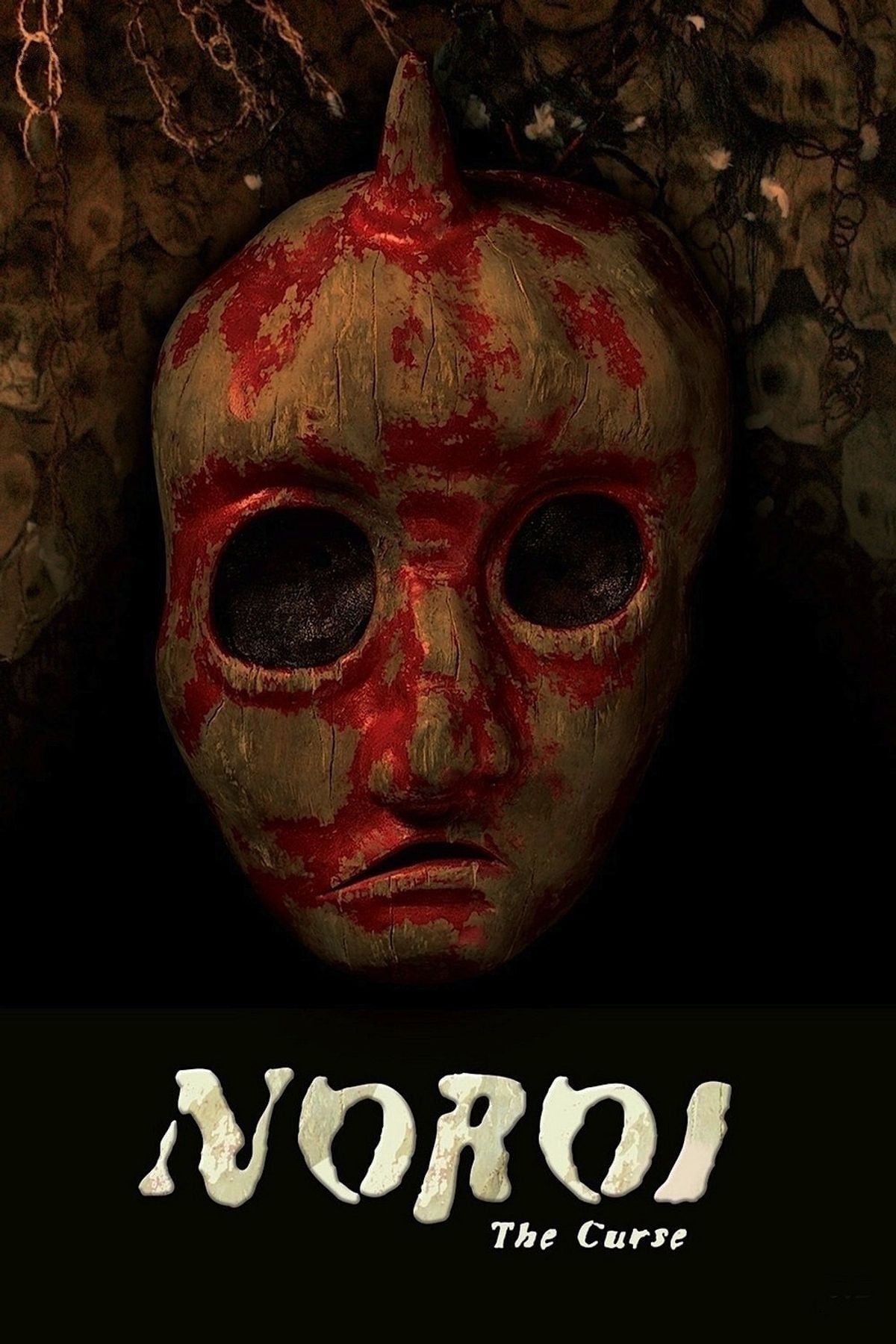
Noroi: The Curse
- Release Date
-
August 20, 2005
- Runtime
-
115 minutes
- Director
-
Kôji Shiraishi
- Writers
-
Kôji Shiraishi, Naoyuki Yokota
7
‘The Other’ (1972)
Directed by Robert Mulligan
“Whatever you do, Niles, don’t tell anyone.” The Other is a gothic horror film about twins, innocence, and evil, directed by To Kill a Mockingbird‘s Robert Mulligan with a deceptive lightness that only makes the darkness hit harder. Set in 1930s rural Connecticut, the story focuses on young Niles (Chris Udvarnoky) and Holland Perry (Martin Udvarnoky), two close-knit brothers surrounded by family tragedy. But one of them is not what he seems.
The horror in this one is subtle but devastating. The film eschews gore and jump scares for silence and the power of suggestion. It’s the kind of movie where the freakiest moment is a look, a whisper, a smile. As the truth unravels, it leaves you not shocked, but hollow. Think The Sixth Sense meets The Innocents, filtered through childhood nostalgia turned sour. It deserves to be mentioned in the same breath as Don’t Look Now, an elegant nightmare wrapped in golden light.
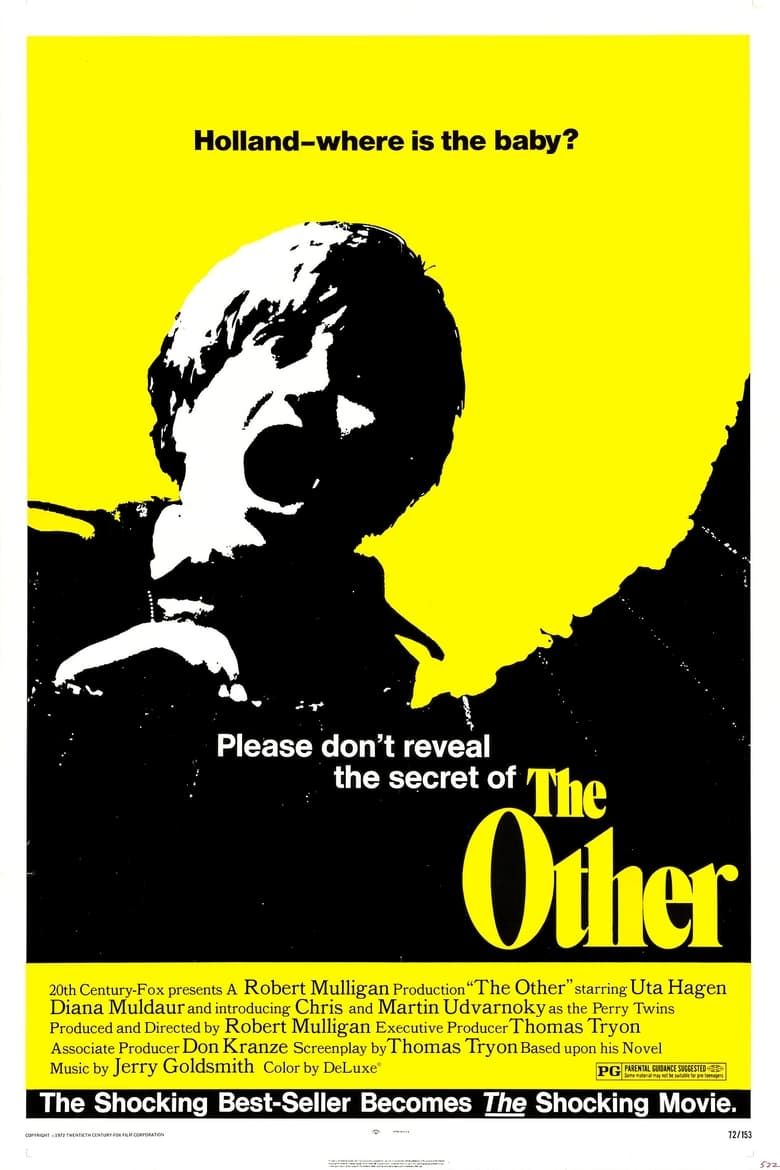
The Other
- Release Date
-
May 24, 1972
- Runtime
-
108 minutes
Cast
-

-

-

Chris Udvarnoky
Niles Perry
-

Martin Udvarnoky
Holland Perry
6
‘The Reflecting Skin’ (1990)
Directed by Philip Ridley
“Sometimes, terrible things happen quite naturally.” The Reflecting Skin is what happens when childhood memories turn into nightmares and stay there. Set in a rural American prairie town after World War II, it follows a young boy named Seth (Jeremy Cooper) who begins to believe that his neighbor (Lindsay Duncan) is a vampire and that something unspeakable is haunting his family. It’s a killer setup, but the real horror isn’t supernatural. It’s grief, madness, and loneliness.
Shot like a deranged Terrence Malick film, the movie is visually stunning and emotionally shattering. It abandons traditional narrative structure, instead playing out like a series of hallucinations that cut deeper with each frame. There’s decay under the wheat fields, monsters hiding in sunlight, and a child’s innocence slowly drowning. With Viggo Mortensen in an early role, The Reflecting Skin is a ghost story without ghosts. Just trauma wearing a mask. A grim gem.
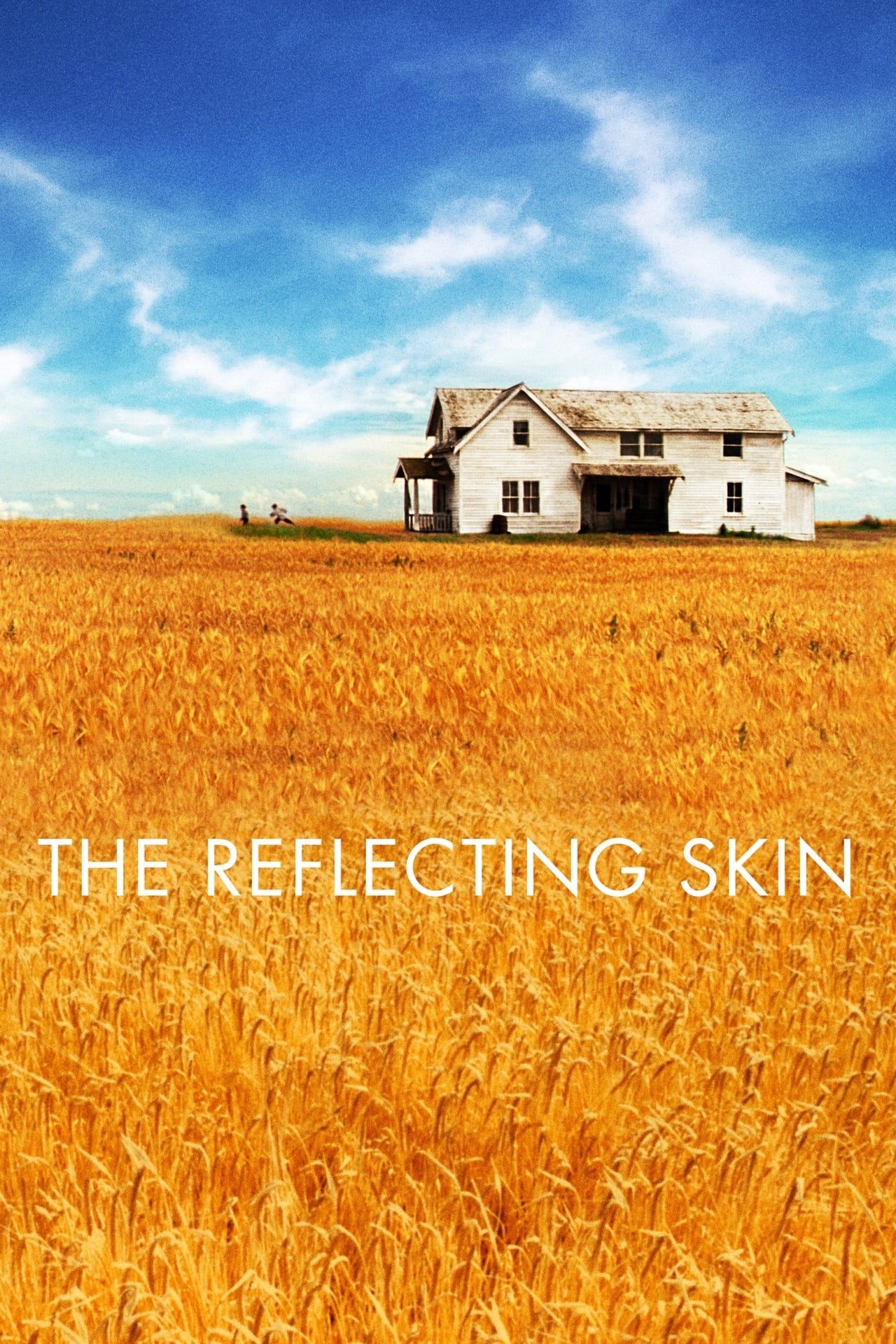
The Reflecting Skin
- Release Date
-
June 28, 1991
- Runtime
-
95 Minutes
- Director
-
Philip Ridley
- Writers
-
Philip Ridley
5
‘Lake Mungo’ (2008)
Directed by Joel Anderson
“I feel like something bad is going to happen to me.” Lake Mungo is one of the most intriguing found-footage ghost stories ever, and one of horror’s most perceptive statements on loss. After a teenage girl (Talia Zucker) drowns, her family begins to experience strange events around their home. Through video diaries, interviews, and eerie glimpses of what might be her ghost, the film becomes less a mystery and more a mourning.
What makes Lake Mungo so unsettling is how real it feels. The performances are quiet, the camerawork restrained, and the pacing gentle, but underneath it all is something hollow and cold. This is a horror movie that understands how grief distorts memory and turns silence into terror. Lake Mungo lends itself to analysis and interpretation. There’s so much to unpack here, so much depth and hidden detail. A masterpiece of restraint, and one of the saddest horror movies ever made.
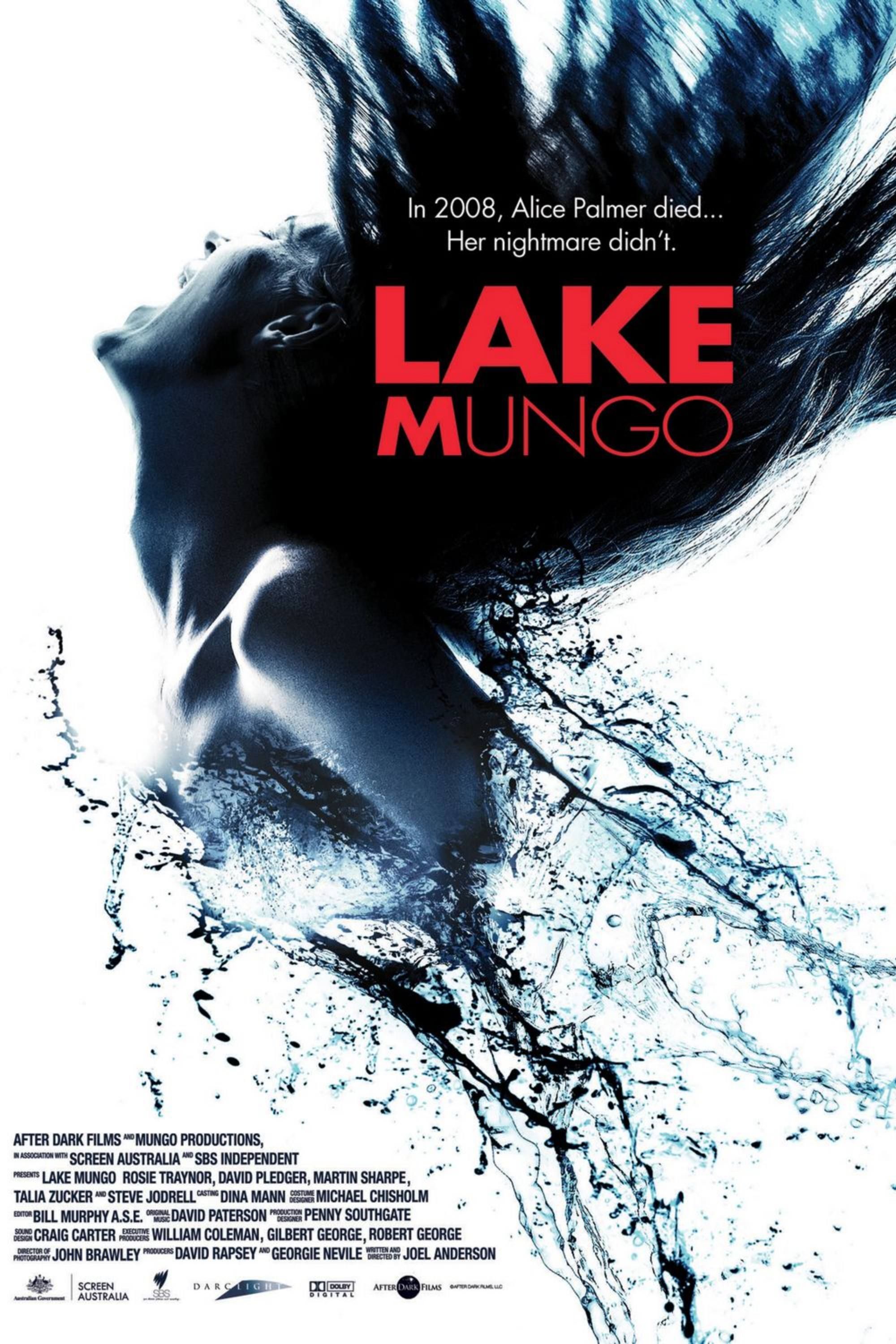
Lake Mungo
- Release Date
-
January 29, 2010
- Director
-
Joel Anderson
4
‘Ravenous’ (1999)
Directed by Antonia Bird
“He was licking me!” Ravenous is a cannibal Western, a black comedy, a period thriller, and something else entirely. Set during the Mexican-American War, it follows a disgraced soldier (Guy Pearce) who discovers a mysterious survivor (Robert Carlyle) and a dark secret involving flesh, power, and the myth of the Wendigo. What follows is part survival tale, part fever dream, part Nietzschean horror.
With a jarring score by composer Michael Nyman and Gorillaz frontman Damon Albarn and a tone that veers between absurdity and dread, the film never settles. That’s its strength. This is a movie that chews through genre tropes like its characters chew through flesh. In the third act, Pearce and Carlyle go toe-to-toe in a showdown that feels less like good vs. evil and more like hunger vs. decay. Unloved on release, Ravenous is now recognized as one of the most bizarre, brilliant horror films of the ’90s.
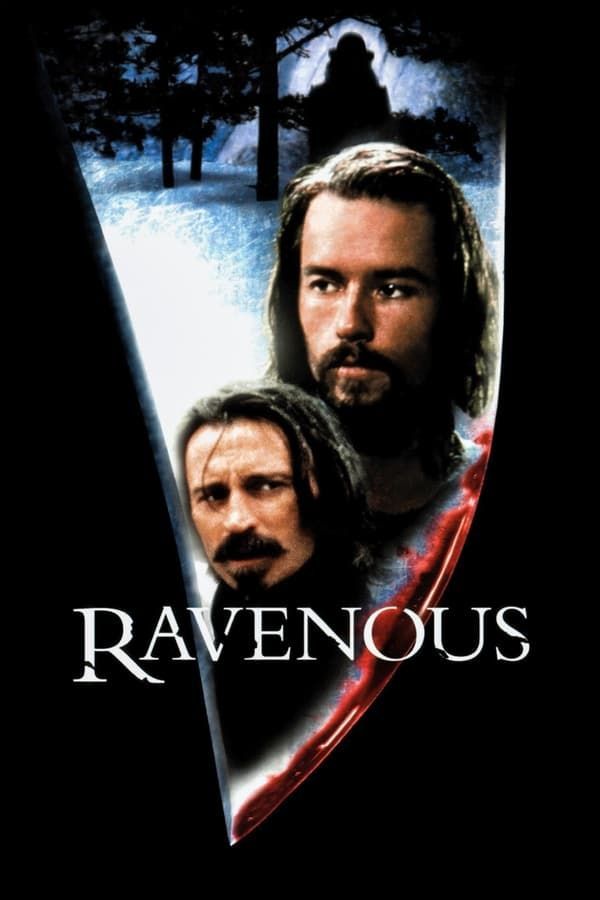
Ravenous
- Release Date
-
March 19, 1999
- Runtime
-
100 Minutes
3
‘The Changeling’ (1980)
Directed by Peter Medak
“It’s trying to communicate with me.” The Changeling is a haunted house movie, but one built on sorrow rather than surprise. After losing his wife and daughter in a tragic accident, a composer (George C. Scott) moves into a sprawling Victorian mansion—and begins to experience paranormal disturbances. But the ghost here doesn’t want revenge. It wants justice. Scott brings quiet gravity to the role, and the film takes its time building dread.
The seance scene, the wheelchair on the stairs, the attic room—all are memorable, not for how loud they are, but for how much they hold back. This is grief as haunting and haunting as detective story. The ghost isn’t the enemy. It’s the echo of a crime left unresolved. Among the most influential Canadian movies ever, The Changeling paved the way for films like The Orphanage and The Others, but a lot of horror fans might not have seen it yet.
2
‘Angst’ (1983)
Directed by Gerald Kargl
“Every time I see her, I want to kill her.” Angst is not for casual horror fans. This Austrian film follows a recently released prisoner (Erwin Leder) who immediately resumes killing and invites us into his thoughts with relentless narration. What results is one of the most visceral depictions of psychopathy ever filmed, with a camera that seems possessed, gliding and spinning with inhuman focus.
The violence is not stylized. It’s ugly, chaotic, real. The killer is not charismatic, just broken, sadistic, and terrifying. In the end, Angst isn’t a run-of-the-mill horror movie with a killer. It’s a killer’s perspective unfiltered. Director Gerald Kargl‘s use of Steadicam amplifies a sense of floating dread, as if we’re complicit in every act. On top of being creepy, some of the camera moves are incredibly technically intricate. Banned in multiple countries, revered by Gaspar Noé, and whispered about in cult circles, Angst is a descent few films dare to take.
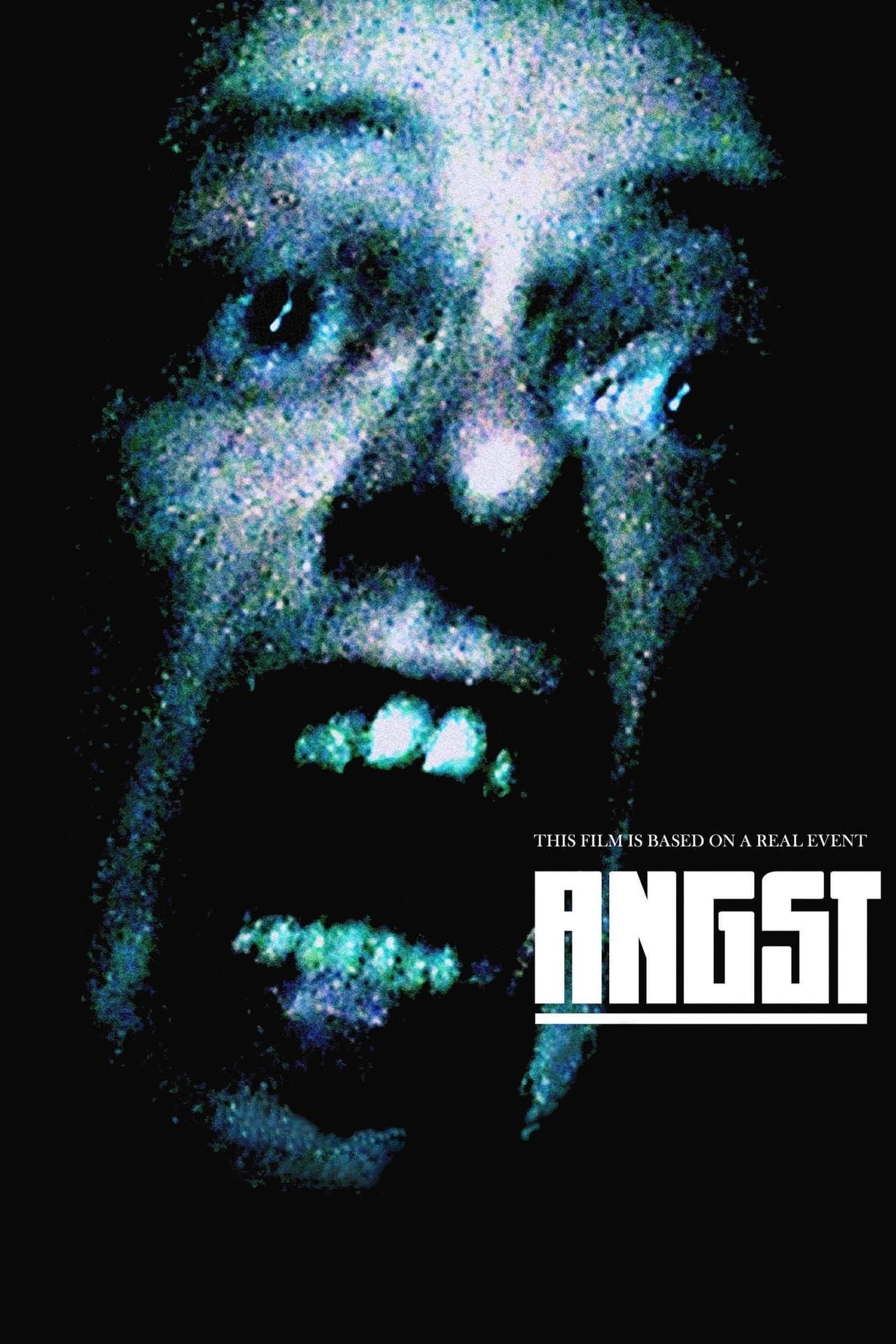
Angst
- Release Date
-
January 1, 1983
- Runtime
-
75 Minutes
1
‘Hour of the Wolf’ (1968)
Directed by Ingmar Bergman
“The cries of the children were unbearable. I couldn’t stand it anymore.” Hour of the Wolf is respected for its drama, but it deserves more recognition for its frights. This is horror by way of art cinema, directed by Ingmar Bergman and drenched in paranoia, dread, and crumbling identity. Max von Sydow plays a painter who retreats to an isolated island with his wife, only to descend into hallucinations that may or may not be real. Demons visit. Time fractures. The line between genius and madness disappears.
Here, Bergman uses horror tropes (monsters, hauntings, possession) not to just scare, but to explore the interior collapse of a man. The result is one of the most psychologically suffocating films ever made, and it never tells you what’s real. Alongside von Sydow, Liv Ullmann‘s presence grounds all this in unbearable empathy. In the end, Hour of the Wolf is horror stripped of exposition and explanation; just fear, raw and unresolved. And that’s why it lingers.
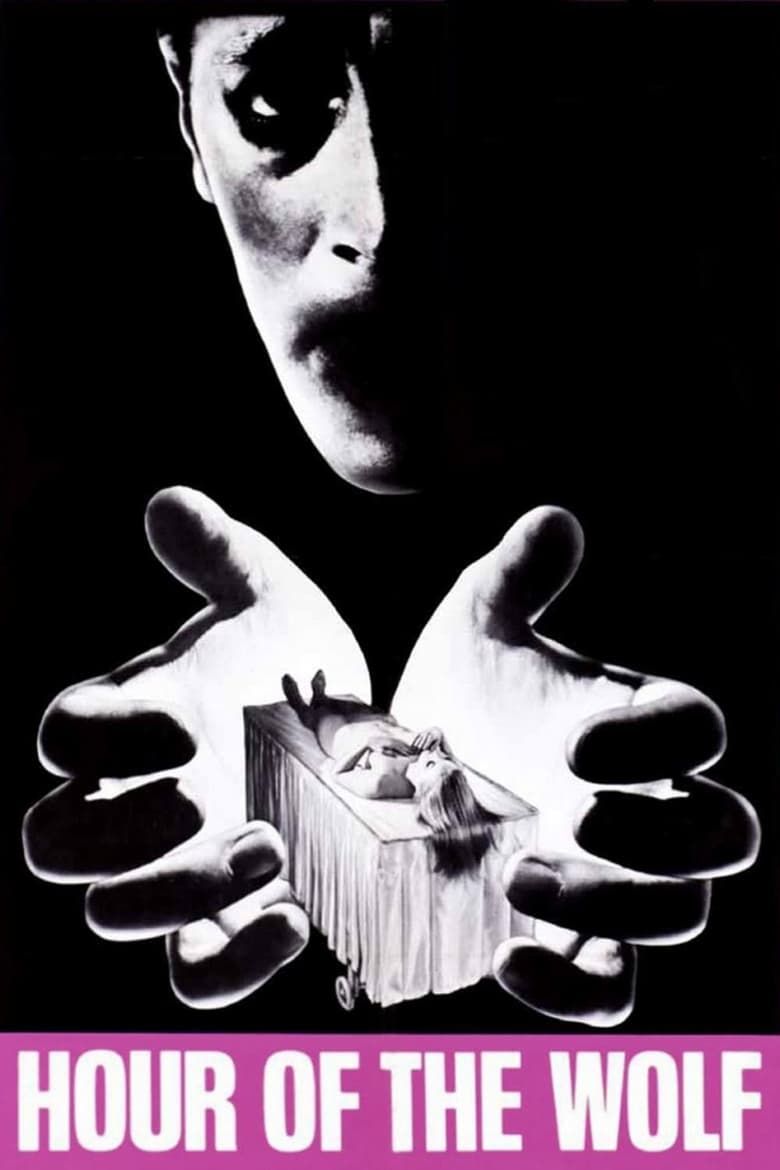
Hour of the Wolf
- Release Date
-
April 8, 1968
- Runtime
-
88 minutes
- Director
-
Ingmar Bergman
- Writers
-
Ingmar Bergman


